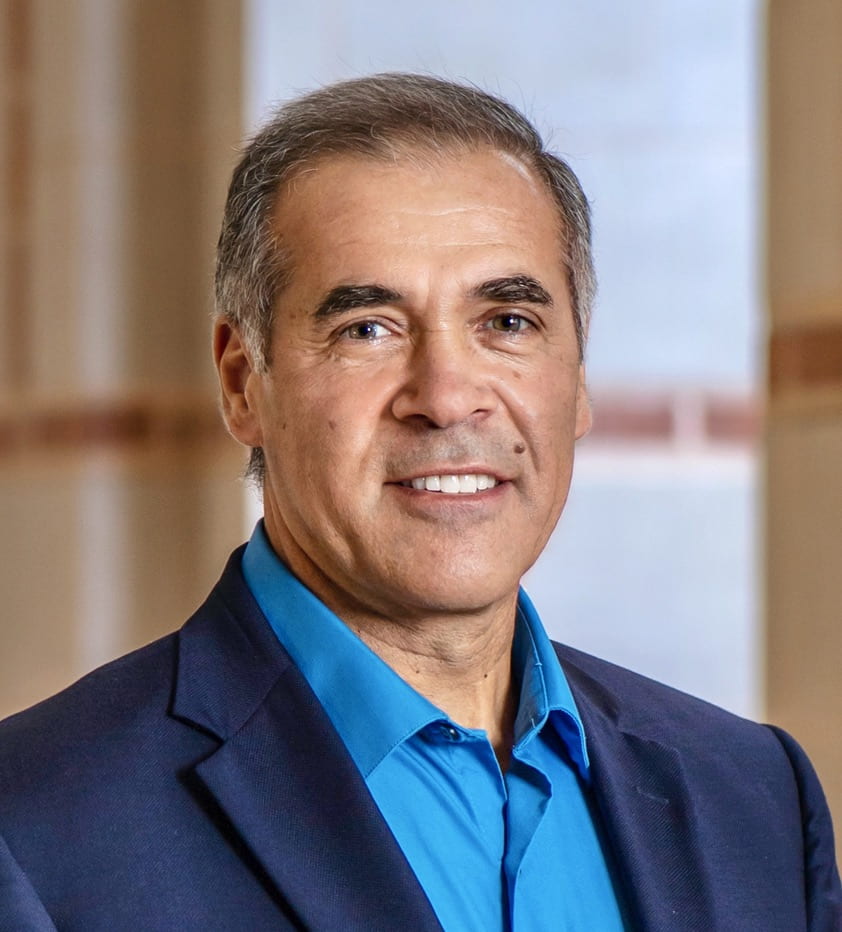[Download in PDF format]
Salaberry, M. R. (2020). The “transformative” potential of translanguaging and other heteroglossic educational practices. The Journal of Multilingual Theories and Practices, 266-289. Sheffield, UK: Equinox Publishing.
Diaubalick, T, Eibensteiner, L. & Salaberry, M. R. (2020). Influence of L1/L2 linguistic knowledge on the acquisition of L3 Spanish past tense morphology among L1 German speakers. International Journal of Multilingualism, 1-18. DOI: 10.1080/14790718.2020.1841204.
Salaberry, M. R., White, K., & Burch, A. R. (2019). Language learning and interactional experiences in study abroad settings. Study Abroad Research in Second Language Acquisition and International Education. 4(1): 1-18. Amsterdam & Philadelphia: John Benjamins Publishing.
Salaberry, M. R. (2018). Advanced conceptualizations of tense and aspect in L2 acquisition In P. Malovrh, & A. Benati (Eds.) The Handbook of Advanced Proficiency in Second Language Acquisition, (pp. 361-380). Blackwell Handbooks in Linguistics. Oxford, UK: Wiley-Blackwell.
Salaberry, M. R. (2016). The elephant in the room: The hierarchical division of spoken and written “grammars.” In F. Ocampo and H. Mawhiney (eds.) The Place of Hispanic Linguistics and Literary/Cultural Studies: Current debates on liberal education. Hispanic Issues Online (6): 38-56.
Salaberry, M. R. (2013). Contrasting Preterite and Imperfect use among advanced L2 learners: Judgments of iterated eventualities in Spanish. International Review of Applied Linguistics. 51: 243-270.
Salaberry, M. R. (2011). Assessing the effect of lexical aspect and grounding on the acquisition of L2 Spanish past tense morphology among L1 English speakers. Bilingualism: Language and Cognition. 14 (2): 184-202.
Salaberry, M. R. (2009). A theoretical foundation for the development of pedagogical tasks in computer mediated communication. In P. Hubbard (ed.) Computer Assisted Language Learning: Critical Concepts in Linguistics, Vol. III. (pp. 39-67). London/New York: Routledge. [reprint of article in CALICO Journal, 14 (1): 5-34.]
Salaberry, M. R. & Ayoun, D. (2008). The acquisition of English tense-aspect morphology by French instructed learners. Language Learning. 58 (3): 555-595
DeKeyser, R., Robinson, P., Harrington, M. & Salaberry, M. R. (2002). What gets processed in processing instruction? A commentary on Bill VanPatten’s “Update.” Language Learning. 52 (4): 805-823.
Salaberry, M. R. (2001). The use of technology for second language learning and teaching: A retrospective. Modern Language Journal. 84 (4): 537-554.
Salaberry, M. R. (2000). Pedagogical design of computer mediated communication tasks: Learning objectives and technological capabilities. Modern Language Journal. 84 (1): 28-37.
Salaberry, M. R. & López-Ortega, N. (1998). Accurate L2 production across language tasks: Focus on form, focus on meaning and communicative control. Modern Language Journal. (82 (4): 514-532.
Salaberry, M. R. (1997). The role of input and output practice in second language acquisition. Canadian Modern Language Review. 53 (2): 422-451. (1997 Best Graduate Student Paper Award).

